Go to alteration services Singapore? Or repair on your own? Let us guide you through both to have the best of both worlds!
Wardrobe malfunctions have a knack for picking the most dramatic moments to strike. Can you imagine belting out that high note, feeling the crowd’s energy, and suddenly realising your shirt has its own Beyonce-level single ladies moment? Talk about a confidence buster!
And yes, NCT’s wardrobe mishaps are legendary. Remember Taeyong’s epic pants split during “Cherry Bomb”? Those boys are walking cautionary tales for every stylist out there. But hey, at least they know how to laugh it off! Their reactions are pure gold, a mix of shock, amusement, and a dash of “Oh crap, the cameras are on me.” It’s those unscripted moments that make them so endearing, right?
Learn some tips on how to deal with any fashion emergency confidently. We’ve got you covered, whether an unexpected tear or a broken zipper. And if you still need more than the results, alteration services Singapore can be the ultimate solution to all your wardrobe malfunctions.
Let’s get it on!
Fashion Emergency #1: Rips and Tears
The method you choose will depend on the type and severity of the damage. Here are some general steps:
Steps in Clothes Repair
For small, straight tears:
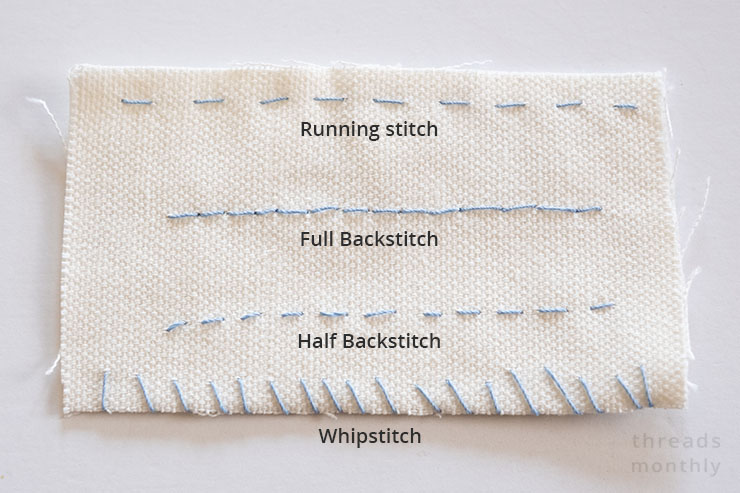
- Gather your supplies. You’ll need a needle and thread matching the fabric colour, a pair of scissors, and, optionally, a thimble and an iron.
- Prepare the edges. Trim away loose threads or frayed fabric around the tear.
- Close the tear. Use a simple running stitch or backstitch to close the gap. Start from one side of the tear, go through the fabric, and back up on the other. Repeat, making tiny, evenly spaced stitches.
- Tie off the thread. Secure the end of the thread with a knot or two.
For big or small holes:
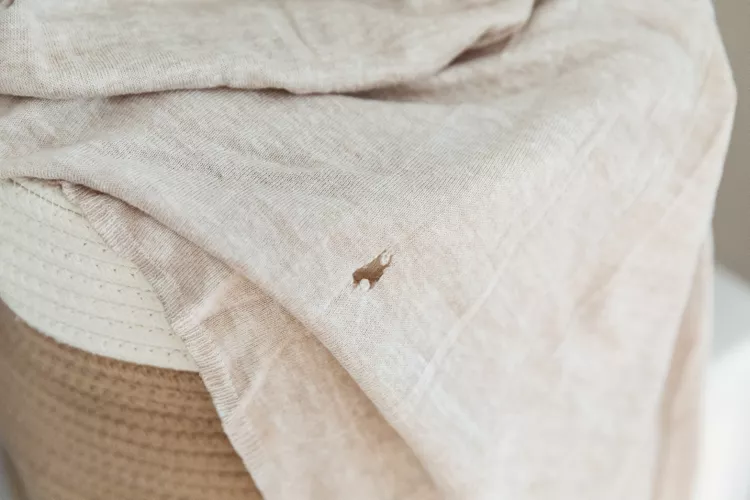
- Cut a patch. Find a piece of fabric similar in weight and colour to your garment. Cut a patch slightly larger than the hole.
- Pin the patch. Place the patch over the hole with the right sides facing each other. Pin it in place to secure it.
- Sew the patch. Use a straight or zigzag stitch to sew the patch around the edges, attaching it to the garment.
Prevention Tips
- Handle clothes with care. Avoid snagging or pulling on your clothes, especially delicate fabrics.
- Wash and dry clothes properly. Follow the care instructions on the garment label to avoid shrinking or weakening the fabric.
- Mend small tears promptly. Don’t let small tears become big ones! Fix them as soon as you notice them.
- Store clothes carefully. Avoid hanging heavy clothes on delicate fabrics or storing clothes in cramped spaces.
Bonus Tips
- Use a thimble to protect your finger when sewing.
- Iron the fabric before and after sewing for a neater finish.
- Get creative! Use decorative stitches, patches, or appliques to personalise your repairs or upcycled creations.
Fashion Emergency #2: Broken Zippers
Ah, the dreaded broken zipper! It can bring even the sturdiest garment to its knees, but fear not! Here’s a guide to tackling this common clothing crisis. Before diving into repairs, let’s identify the culprit:
Different Types of Broken Zippers
Stuck Zipper. The slider won’t budge due to dirt, fabric snags, or misaligned teeth.
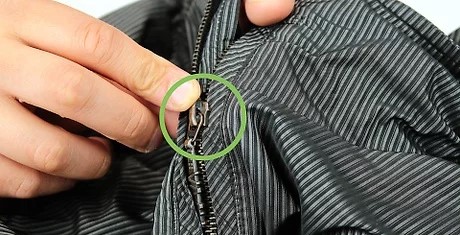
Separated Zipper. The teeth come apart at the bottom, often from wear and tear.
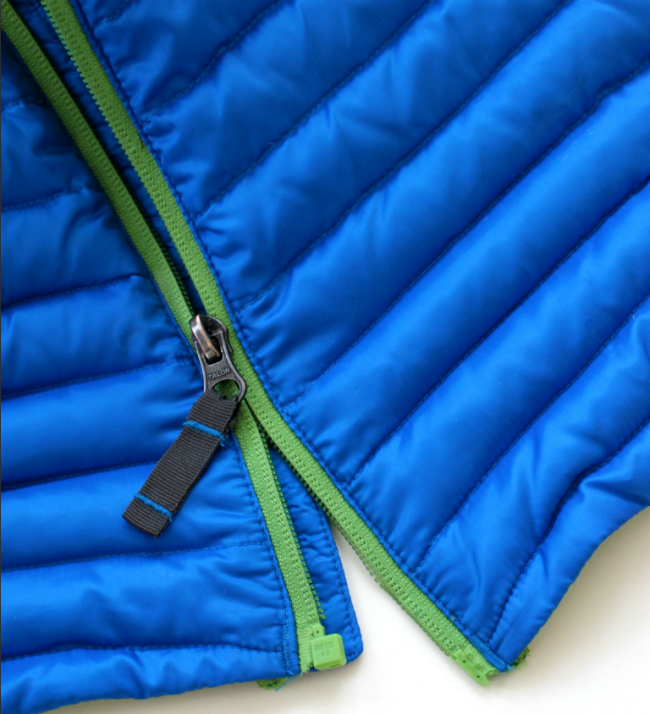
Broken Slider. The pull tab is damaged or missing, rendering the zipper unusable.
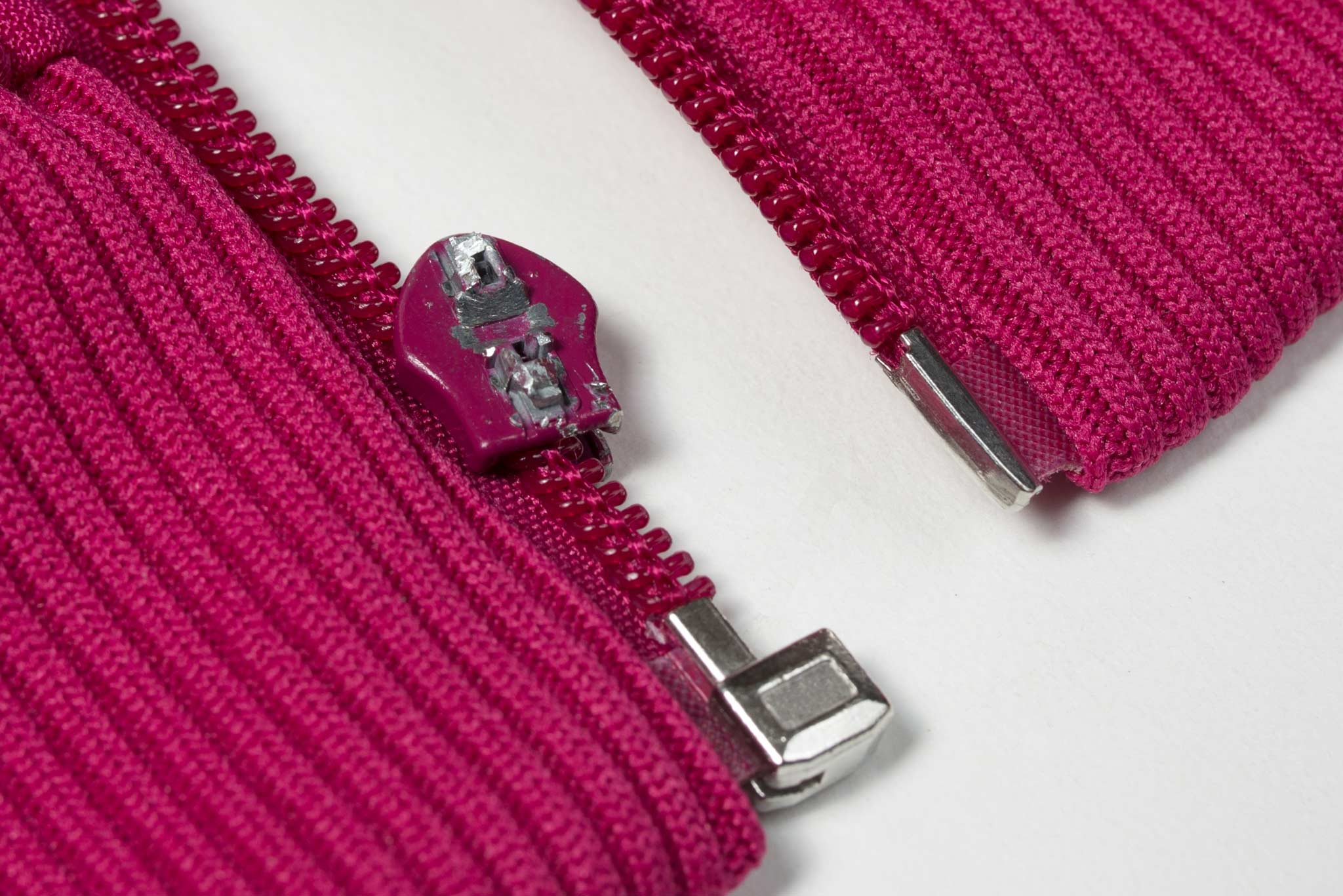
Missing Teeth: Teeth are chipped or broken, affecting the zipper’s functionality.
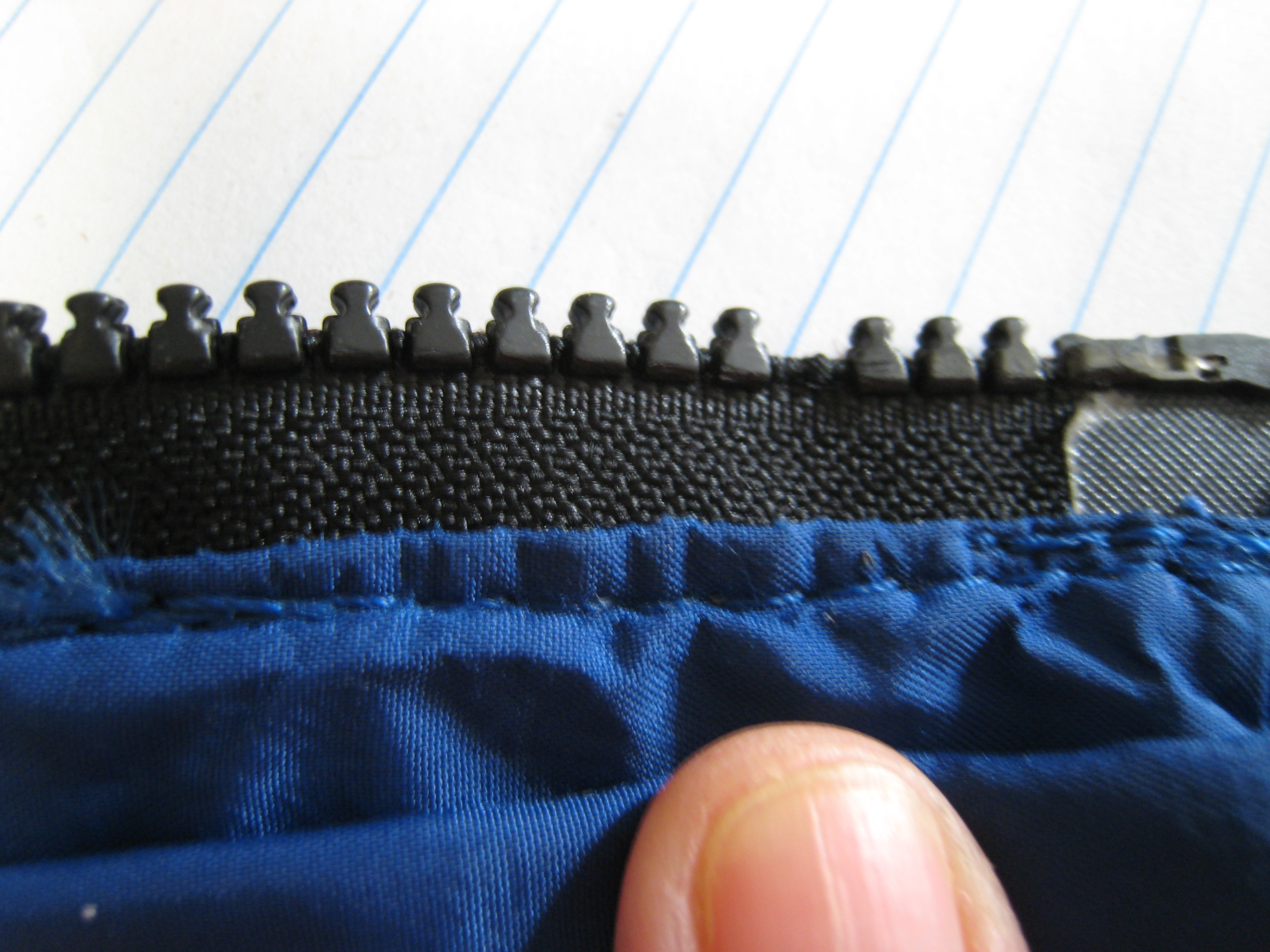
Steps in Zipper Repair
Here are some solutions based on the issue:
- Stuck Zipper
- Lubricate. Gently rub a pencil (graphite) or a bar of soap along the teeth to smoothen them out.
- Carefully remove snags. Use tweezers or a needle to tease any fabric caught in the teeth.
- Work the zipper. Gently wiggle the slider up and down, applying slight pressure if needed.
- Separated Zipper
- Realign the teeth. Gently push the separated teeth back together, ensuring they interlock correctly.
- Replace the stop. The tiny metal piece at the bottom might be bent or broken. Use pliers to remove it and crimp a new one in place.
- Sew a temporary fix. Stitch a few tiny stitches across the bottom of the zipper to hold it closed.
- Broken Slider
- Replacement. You can find replacements at craft stores or online if the slider is damaged beyond repair. Remove the old slider and attach the new one according to its type (nylon, metal, etc.).
- Temporary fix. Use a paperclip or safety pin as a makeshift pull tab.
Alternative Solutions
Don’t give up on your garment if the zipper is beyond repair! Here are some options:
- Replace the zipper completely. This process involves more, but tailors or experienced seamstresses can handle it.
- Get creative. Consider covering the zipper with decorative buttons, snaps, or velcro. It can add a unique touch to your clothing.
- Repurpose the fabric. If the garment is unsalvageable, cut out the undamaged fabric and use it for other projects like patches, headbands, or tote bags.
Prevention Tips
To avoid future zipper woes, practice these preventive measures:
- Handle zippers gently. Don’t yank or force them.
- Keep zippers clean and lubricated. Apply a thin layer of wax or chapstick occasionally.
- Close the zippers carefully. Ensure both sides are fully engaged before zipping up.
- Choose high-quality zippers. Invest in sturdy zippers for your most-used garments.
Understanding the Alteration Process
Have you ever wondered what goes into the alteration process if you checke alterations services singapore in Google? This guide will examine the steps and what you can expect when bringing your clothes to alteration services, especially when you’ve had enough of repairing your clothes.
Initial Consultation
The first step in the process is the initial consultation. During this consultation, you will discuss your specific requirements, as it’s an excellent opportunity to communicate your needs and concerns. The tailor will examine your clothing item(s) and make recommendations based on your requests. They may also suggest additional work that could improve the fit or look of the garment.
Measurement Procedures
Once you’ve discussed your requirements with the tailor, the next step is measurement procedures. This is where they will take precise measurements of your body to ensure the garment fits perfectly. Depending on the altered clothing item, they will take measurements of your chest, waist, hips, inseam, and more. This step is crucial to ensure the garment fits well and is comfortable.
Discussion of Specific Requirements
After the measurement procedures, the tailor will discuss your requirements again to ensure they understand what alterations you want. This is also an excellent opportunity to ask questions about the process or the estimated time frame.
Estimated Time Frames for Alterations
Once they clearly understand your specific requirements, they will provide an estimated time frame for the alterations. The length of time will depend on the type of garment and the current workload of the tailor. It’s important to note that it can take longer than expected if there are any unforeseen issues with the garment. However, the tailor will do their best to provide an accurate estimate and keep you updated throughout the process.
Common Wardrobe Problems Faced by Customers
Ill-fitting clothes
The problem of ill-fitting clothes can be a common source of discomfort and self-consciousness for many people. Too tight or loose clothes can affect your confidence and hinder your movement. However, the causes of ill-fitting clothes can vary, and solutions to this problem can be simple. For instance, you can check alteration services in your neighbourhood to adjust your clothes to your body shape and size. This can provide a more personalised and comfortable fit to make you feel confident and stylish.
Damaged clothes
This situation can be frustrating and disheartening when your favourite items are affected. Clothing damage can come in various forms, such as holes, stains, or wear and tear. However, there are ways to repair your clothes and extend their lifespan. For example, you can use professional services like a tailor shop near you to restore your clothes to their former glory. These services can help you fix any damage and maintain the quality of your clothes for longer.
Outdated styles
This is a significant issue for fashion-conscious individuals. Keeping up with the latest fashion trends can take time and effort. However, there are ways to update your wardrobe without breaking the bank. You can experiment with new styles by mixing and matching your clothes, accessorising them, or layering them. These techniques can help you create a more modern and stylish look without buying new clothes regularly.
Benefits of Using Alteration Services Singapore
Are you tired of constantly buying new clothes every season? Do you want to stay stylish without compromising the environment? If you answered yes to any of these questions, alter services are the solution you seek. Constantly buying new clothes can be expensive and unsustainable and might not always result in the perfect fit. This service offers many benefits that save you money and help preserve sentimental clothing.
Cost-effectiveness Compared to Buying New Clothes
Buying new clothes every season can quickly add up. Alteration services can help you save money by extending the life of your clothing. You can alter your clothing instead of buying new clothes to fit you perfectly. This can include shortening or lengthening sleeves, hemming pants, or resizing garments that no longer fit.
Sustainability and Environmental Impact
The fashion industry is known for its negative environmental impact. Fast fashion, in particular, is a significant contributor to environmental pollution. Using these services, you can reduce your carbon footprint by prolonging the life of your clothing. This not only helps the environment but also promotes sustainable fashion practices.
Personalised and Tailored Fit
One of the most significant benefits is that it is personalised and tailored. Everyone’s body is different, and off-the-rack clothing only sometimes fits perfectly. It can help you achieve the perfect fit by adjusting the clothing to your body shape and size. This not only makes you look better but also makes you feel more comfortable in your clothes.
Preserving Sentimental Clothing
We all have clothing items that hold sentimental value, such as a wedding dress, a favourite pair of jeans, or a vintage jacket passed down from a family member. It can help you preserve these items by repairing any damage, resizing, or altering them to keep them in good condition. This means you can continue to wear and cherish these items for years.
Alteration Services Singapore: Alteraround FAQs
Do I need to make an appointment?
While some walk-in appointments may be available, it’s generally recommended to make an appointment, especially for more complex works. This way, the tailor can ensure they have enough time to dedicate to your project and discuss your needs in detail. Check this guide out!
How much does alteration cost?
The cost in Singapore varies depending on the complexity of the work, the type of garment, and the tailor’s experience. Read this for a rough estimation of the alteration price list in Singapore to give you an idea of what to expect.
What should I bring to my appointment?
1. The garment you want to be altered, clean and freshly laundered.
2. Any reference photos or inspiration images if you have a specific look.
3. Comfortable shoes that you can quickly move around for the fitting.
4. A list of any specific concerns you have about the fit or functionality of the garment
How long does the alteration process usually take?
The turnaround time can vary depending on the complexity of the work and the tailor’s workload. Simple work can be done in hours, a day or two, while more complex may take a week or longer. Be sure to discuss the timeframe with your tailor before you proceed.
Where can I get more information on alteration shops near me?
There are many quality and cheap alteration services in Singapore. You can check this article to see if there are some services in your neighbourhood.
Here’s a Bonus
- Know the dos and don’ts for a clothes alteration for a seamless process.
- When choosing a tailor, finding someone with experience with the type of garment you need to alter is essential.
- Be sure to read reviews and compare prices before making a decision.











